How do you prepare and put down artificial grass?
Jul. 13 , 2023
1. Artificial Grass Installation Tools Needed
Cutter, hammer, staples, scraper, grass glue, drop spreader, etc.
2. Artificial Grass Installation Groundwork
Work out the width and length of the area you want to cover with artificial grass and mark its edges with paint or ink.
Make sure the base is dry, smooth and level and its slope enables proper water drainage.
Make sure the actual size of the site and installation materials such as grass rolls, grass glue, jointing tape and silica sand meet the standards and requirements of installation.
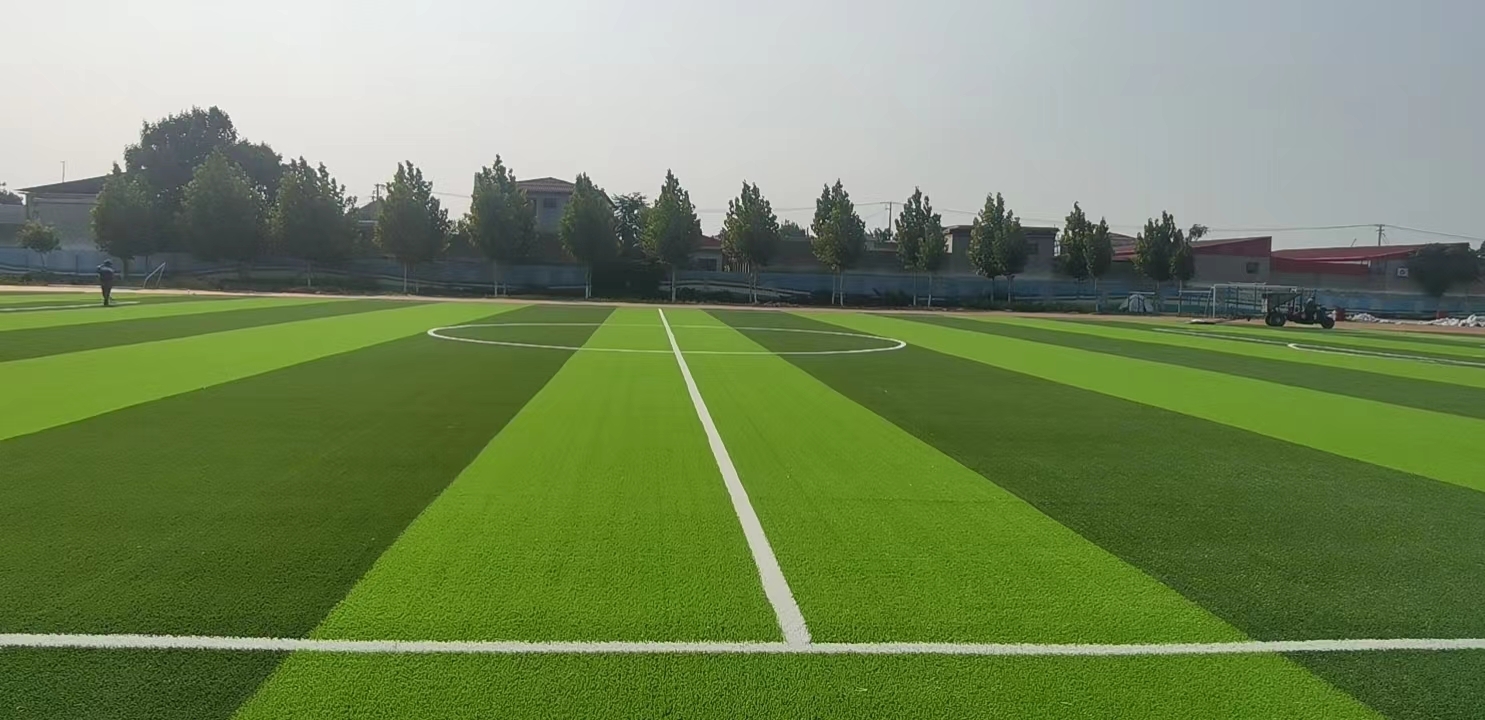
3. Installation Steps of the Artificial Turf
Shock Pad Installation
Unroll rolls of underlay lengthwise respectively.
Connect the seams with jointing tape. Seam tape for one seam of 1.5-2.0 meters.
Secure one strip of artificial grass above every three rolls of underlay.
The padding, due to its physical properties, might expand and create wrinkles in response to changes in temperature, thus making the surface uneven. This can be solved by infilling silica sand.
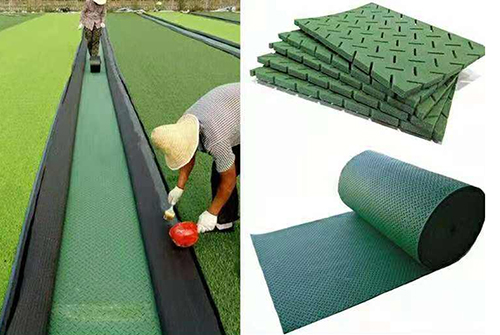
4. Unrolling and Cutting Turf
Turf rolls must be laid in pile direction (lengthwise). Rotating or flipping the artificial grass will give an optical color difference.
Unroll a grass piece over the area and cut off the black backing fabric on both sides.
Cut its sides in a straight line to a correct size. (Each roll is wider than 4 meters).
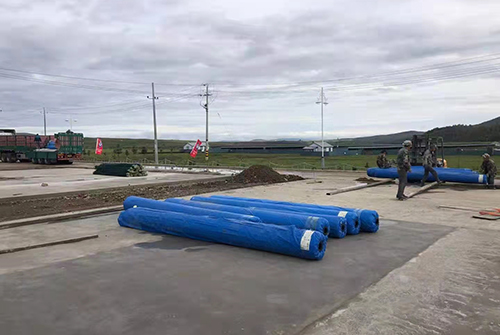
5. Connecting The Seam
Join two grass pieces as close together as possible. There cannot be any overlap.
Ensure that the pile direction on both rolls of turf is facing the same way.
Seam tape is needed to connect two grass pieces together. Before adhering both pieces, make sure that both edges are properly trimmed, straight and match up perfectly.
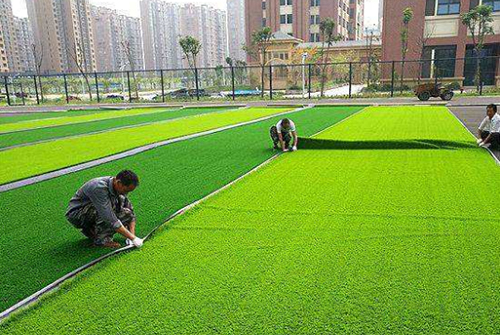
6. Artificial Grass Infilling
To finish, apply silica sand to the turf with a drop spreader.
Make sure the turf fibers are 1cm above the infill (flat and compacted).
Keep the area dry and unpolluted when infilling the yawn.
For the best results, brush the pile before, during and after.
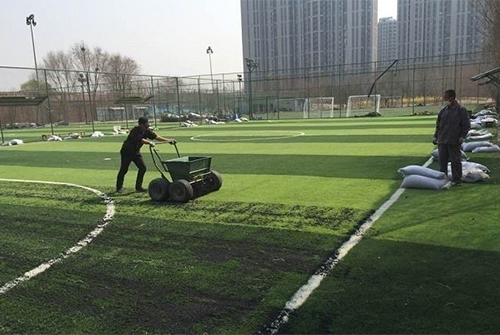
7. After Artificial Lawn Installation
Walk and review the completed synthetic grass to make sure that any seam is sufficiently pressed down and the grass surface is level without optical color difference.
Clean up the yawn and remove any debris.
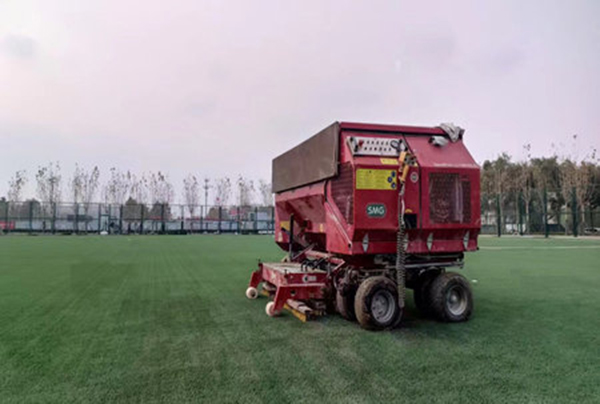
8. Artificial Turf Points Of Attention
Artificial Turf must be installed at a temperature above -10℃. In the event of rain, snow or excessive sunlight, immediately stop laying the turf and cover it with a tarp.
The grass must be installed on a base that: is sufficiently stable and perfectly level; has sufficient bearing capacity; has proper drainage.
Leave your fake turf to settle for 2-4 hours. This will help the backing to become more pliable and for the grass blades to stand up straight.
Contact Mighty to get the help from professional and experienced installers of artificial grass. Their experience and expertise will mean a longer-lasting, better-performing fake lawn.







